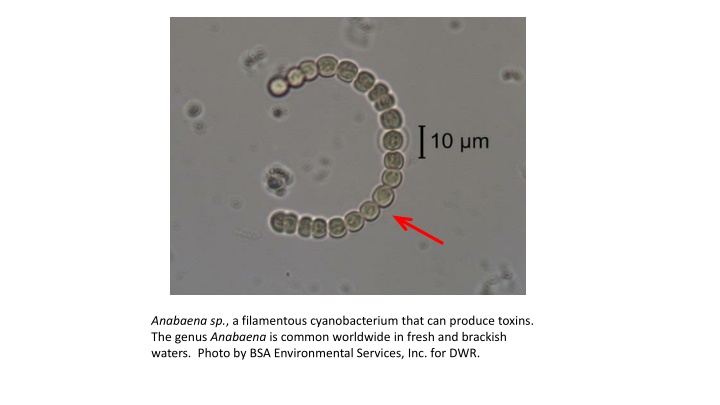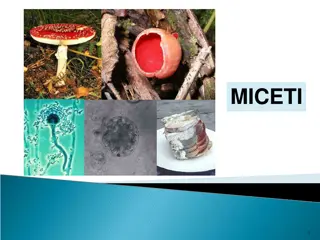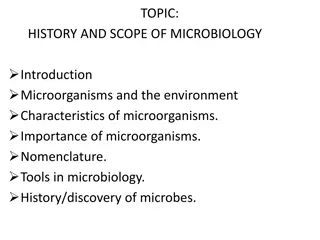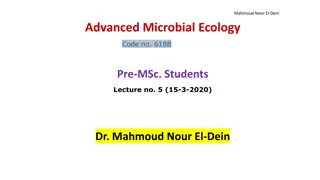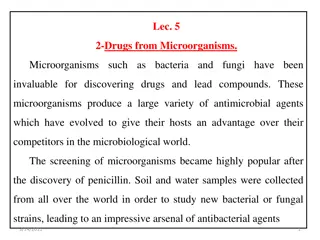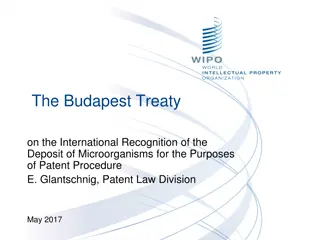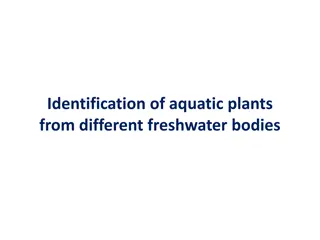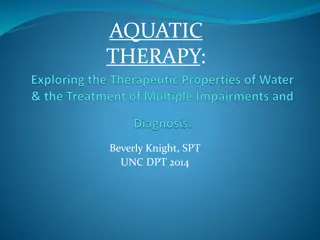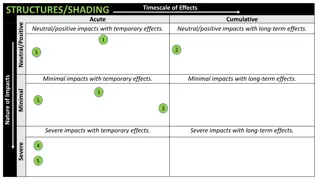Diverse Aquatic Microorganisms
The images showcase various microscopic organisms found in freshwater and marine environments, including cyanobacteria, diatoms, green algae, and dinoflagellates. Each organism plays a crucial role in aquatic ecosystems and contributes to the overall biodiversity of water bodies.
Download Presentation

Please find below an Image/Link to download the presentation.
The content on the website is provided AS IS for your information and personal use only. It may not be sold, licensed, or shared on other websites without obtaining consent from the author.If you encounter any issues during the download, it is possible that the publisher has removed the file from their server.
You are allowed to download the files provided on this website for personal or commercial use, subject to the condition that they are used lawfully. All files are the property of their respective owners.
The content on the website is provided AS IS for your information and personal use only. It may not be sold, licensed, or shared on other websites without obtaining consent from the author.
E N D
Presentation Transcript
Anabaena sp., a filamentous cyanobacterium that can produce toxins. The genus Anabaena is common worldwide in fresh and brackish waters. Photo by BSA Environmental Services, Inc. for DWR.
Chroococcus disperus, a small, freshwater, colonial cyanobacterium common in temperate and northern water bodies. Photo by BSA Environmental Services, Inc. for DWR.
Coscinodiscus sp., a centric diatom often abundant in the phytoplankton of marine waters. Photo by BSA Environmental Services, Inc. for DWR.
Diploneis bombus, a pennate diatom commonly found in brackish and marine waters. Photo by BSA Environmental Services, Inc. for DWR.
Chlamydomonas sp., a unicellular green algal flagellate, with numerous unidentified phytoplankton in the background. This genus is widespread in fresh water, but has few marine species. Photo by EcoAnalysts, Inc. for DWR.
Closterium sp., a unicellular green alga most often found in oligotrophic (low nutrient) fresh waters. Photo by BSA Environmental Services, Inc. for DWR.
Scenedesmus opoliensis var. carinatus, a colonial green alga common in freshwater environments. Photo by BSA Environmental Services, Inc. for DWR.
A close-up of two cells of Spirogyra maxima, a large, filamentous green alga. The coiled spirals within the cells are chloroplasts, the structure used by phytoplankton and plants to make chlorophyll a. The black dots on the spirals are granules of starch, which turn black when stained with Lugol s iodine. Photo by EcoAnalysts, Inc. for DWR.
Ceratium furca, a dinoflagellate found in marine waters, with some debris on the cell and in the background. Photo by EcoAnalysts, Inc. for DWR.
Cryptomonas sp., a cryptophyte flagellate common in fresh water habitats. Cryptophytes are considered an important food for zooplankton because of their nutritional content. Photo by BSA Environmental Services, Inc. for DWR.
Chrysochromulina birgeri, a haptophyte flagellate found in brackish and marine waters. Photo by EcoAnalysts, Inc. for DWR.
Dinobryon sp., a chrysophyte flagellate. The majority of species in this genus are found in fresh water. Photo by BSA Environmental Services, Inc. for DWR.
Strombomonas rotunda, a freshwater euglenoid flagellate with a vase- like cell shape. The brown color of the cell is from the protective envelope, or lorica, surrounding the cell. Photo by EcoAnalysts, Inc. for DWR.
Trachelomonas hispida, a freshwater euglenoid flagellate. The dark color of the cell is due to the protective envelope, or lorica, surrounding the cell. This species is sometimes considered an indicator of moderately to strongly polluted waters. Photo by EcoAnalysts, Inc. for DWR.
